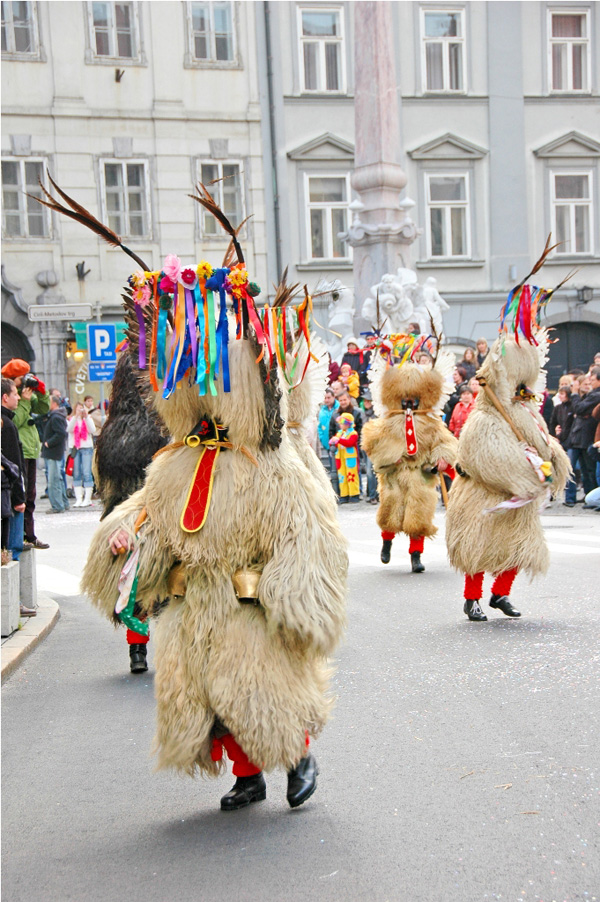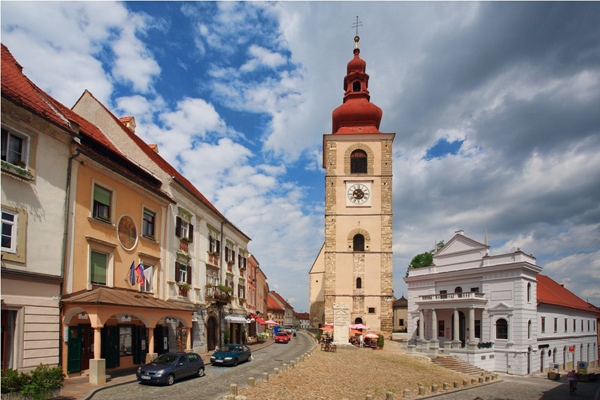Kurentovanje, the central Slovenian carnival will take place this year under the motto ‘Ethnic Heritage Connects Continents’. Its main theme will be ethnological heritage and international cooperation based on that heritage. For the first time the event will be divided into three parallel ongoing festivals – EtnoFest, KarnivalFest and ArtFest where subject areas are grouped together on common themes.
Slovenia is regarded to be one of the richest lands for masked costumes. Each region of Slovenia has its own costume. The most recognisable of these include the Ptuj kurenti, the Cerkno laufarji and the Drežnica pustovi, while the Kurentovanje in Ptuj is the largest organised carnival and cultural-ethnographic event in Slovenia and Central Europe. The event is attended by more than 100,000 people annually.
This year’s 52nd Kurentovanje will begin on 2 February, with its main events lining up between 11 and 21 February. The traditional Kurentovanje in Ptuj is an event that begins on Saturday, a good week before Pancake Tuesday, with a gathering of typical Slovenian carnival characters and masks. Events take place throughout the week; in afternoons, town streets and squares are brought to life with performances by artists, street theatres, musicians and others. In the evening, the party continues in carnival costumes along with an abundance of good food and drinks at the Carnival Hall, where popular domestic and foreign musicians and bands can be seen performing. The festivities culminate on Sunday with a traditional international carnival parade and end on Tuesday with the burial of the “Shrovetide”.
The Kurent festival, or Kurentovanje, seeks to link old customs and habits to the modern approach to life, and to create a modern cultural, artistic and entertaining experience for all generations. Over half a century, Kurentovanje has grown beyond its local confines, and has become a Carnival of European dimensions, breathing and living with the townsfolk of Ptuj, the oldest town in Slovenia, and with visitors from the region and beyond. Ptuj was admitted into the European Federation of Carnival Cities (EFCC-FECC) in 1991.
The Kurent or Korant, as it is known today, gets its origin in popular tradition. Traditionally, the Kurent`s outfit used to be reserved only for unmarried men, but nowadays Kurent/Korant can be married men as well as women and children. There are two types of Kurent/Korant: the ‘feathery’ and the ‘horned’. The Kurent/Korant wears a sheepskin coat, a chain belt with huge bells, heavy boots and gaiters to protect the feet, while the head is covered by a cap. A wooden club is normally carried in the left hand.
You can check a detailed programme divided by days and into three programme sections:
Visit Ptuj and sleep in Hostel Kurent or Poetovio Hostel.
Source: www.slovenia.info





